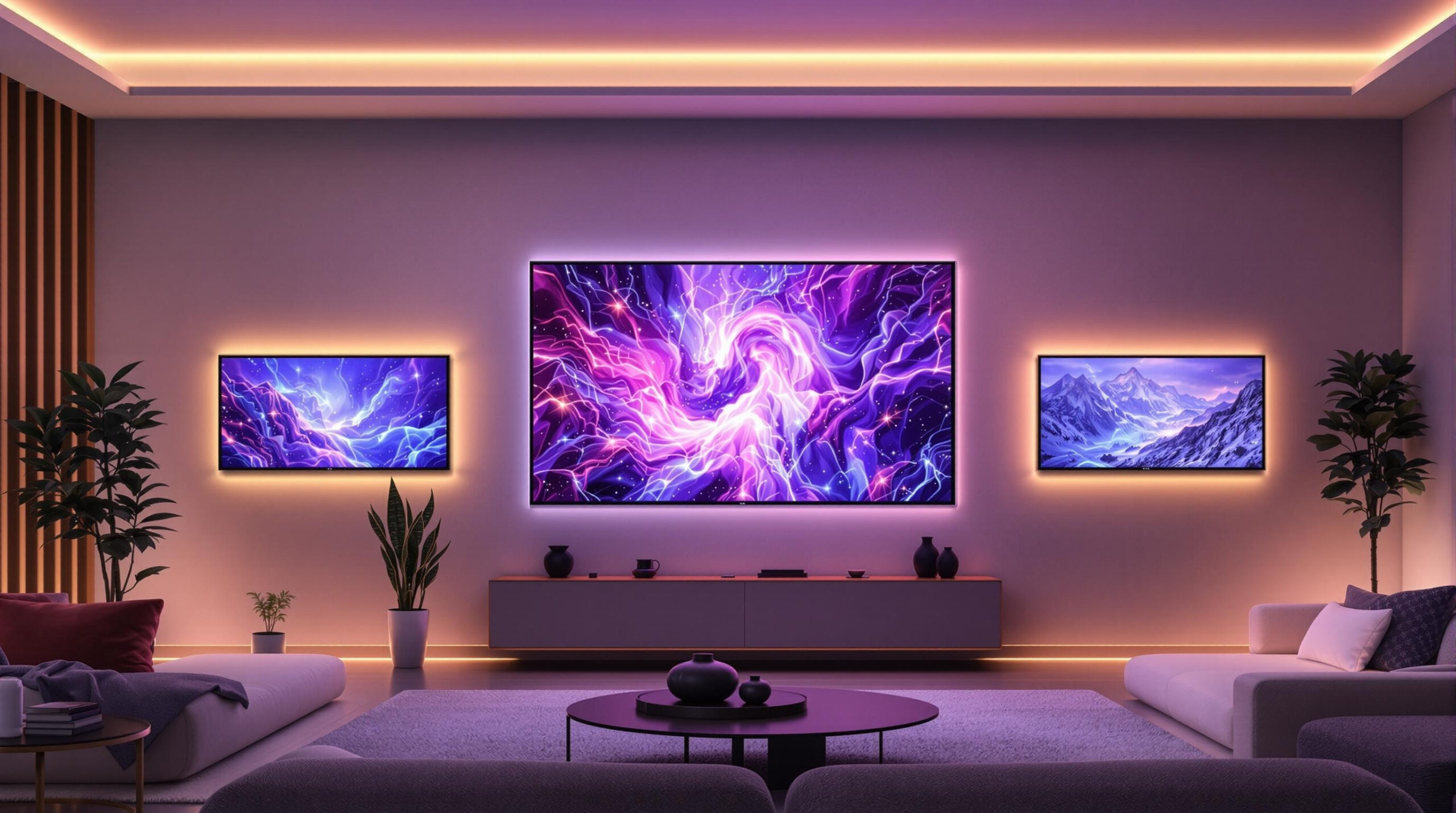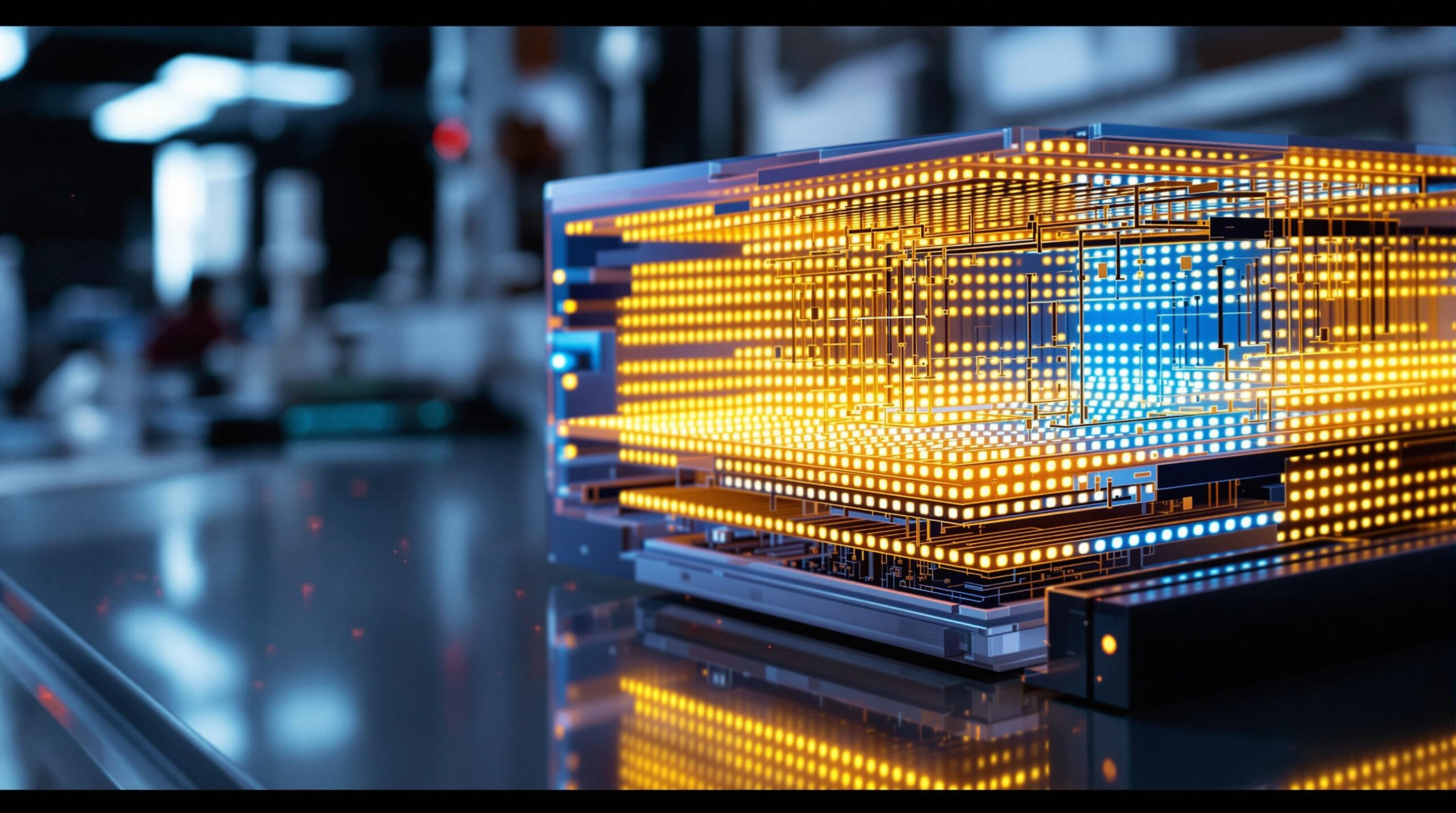Introduction: Power Up Your Console with the Right LED TV
In the realm of modern entertainment, video game consoles have evolved into technological powerhouses—offering ray tracing, 4K 120Hz gameplay, HDR fidelity, and near-instant loading speeds. Whether you own a PlayStation 5, Xbox Series X, or Nintendo Switch, the performance of your console is only as good as the screen it’s plugged into. That’s why finding the best LED TV for gaming isn’t just about size or aesthetics; it’s about frame accuracy, latency response, color vibrancy, and immersion. In 2025, the latest wave of LED TVs has risen to the challenge, matching console sophistication with screen engineering that caters specifically to gamers.
What was once a niche segment of television tech has become a focal point for leading manufacturers. LED TVs now feature dedicated Game Modes, support for HDMI 2.1, Variable Refresh Rate (VRR), and lightning-fast input lag measurements. But it doesn’t end there. These displays also bring next-gen color accuracy, blistering brightness for HDR gaming, and intelligent motion clarity enhancements—all crucial for high-performance gaming on both single-player epics and online multiplayer battlegrounds.
This article will take you deep into the world of LED TVs that work best with game consoles, showcasing the science, specs, and smart features that make these screens not only compatible—but competitive—with OLEDs in the world of immersive, responsive, and visually spectacular gaming.
Low Input Lag: The Critical First Step
For gamers, milliseconds matter. The time it takes for a command on your controller to register on-screen—known as input lag—is a foundational metric in evaluating a gaming TV. Input lag of 30ms or more can ruin fast-paced shooters and introduce noticeable delay in fighting games or competitive eSports. Thankfully, 2025’s best LED TVs have embraced ultra-low input lag design, delivering results as low as 5ms under Game Mode conditions.
TVs like the Samsung QN90D, Hisense U8N, and TCL QM8 feature Auto Low Latency Mode (ALLM), which instantly activates optimized game settings when a console is detected via HDMI. This turns off post-processing effects, accelerates response time, and eliminates signal lag. Whether you’re drifting corners in Gran Turismo 7 or executing frame-perfect combos in Street Fighter 6, the responsiveness is immediate and uncompromised.
Behind this performance is a marriage of high-speed video processing and panel refresh efficiency. LED TVs with native 120Hz panels and powerful image processors are particularly effective at minimizing latency because they can render high frame rate content without introducing visual stutter or delay.
HDMI 2.1 Support: Unlocking the Full Potential of Next-Gen Consoles
Modern consoles like the PS5 and Xbox Series X are equipped with HDMI 2.1 outputs that allow for high-bandwidth data transfer—enabling 4K at 120Hz, VRR, and enhanced audio return channel (eARC) simultaneously. Only TVs equipped with HDMI 2.1 ports can unlock the full potential of these consoles.
The best LED TVs for gaming now include multiple HDMI 2.1 ports, not just one. This is vital for households with multiple gaming systems, soundbars, or PCs. The LG QNED90T, for instance, offers four HDMI 2.1 ports, while the Samsung QN90D and TCL QM8 include two or more, all supporting 4K 120Hz, VRR, and ALLM.
These HDMI 2.1 ports also enable Quick Frame Transport (QFT) and Auto Game Mode Switching, two under-the-hood features that reduce latency and adjust display profiles dynamically depending on the game or console in use. The result is seamless integration between console and TV—no menu digging, no signal delay, just plug in and play with full fidelity.
120Hz Panels and Variable Refresh Rate: Smooth, Tear-Free Action
While movies and TV shows typically run at 24 or 30 frames per second, modern games are pushing into 60fps, 120fps, and even higher in certain competitive titles. TVs with native 120Hz refresh rates provide a smoother, more responsive gaming experience that keeps up with the pace of next-gen visuals.
The TCL QM8 and Hisense U8N both offer 120Hz panels paired with Variable Refresh Rate (VRR), allowing the display to match the output of the console frame-by-frame. This prevents screen tearing, stuttering, and judder, particularly in open-world titles like Elden Ring or Starfield, where framerate fluctuations are common.
In practical terms, VRR ensures that even when your console drops from 120fps to 90fps during intense scenes, the TV dynamically adjusts, maintaining visual stability and control precision. This transforms not just the look of the game, but the feel—delivering an experience where your input and the image are perfectly synchronized.
Mini-LED Backlighting: Precision Brightness and Contrast Control
One of the most impressive advances in LED technology is the widespread adoption of Mini-LED backlighting, which allows TVs to deliver localized brightness control that rivals OLED contrast performance. Mini-LED TVs use thousands of tiny LEDs behind the panel, grouped into controllable zones that can dim independently.
For gaming, this translates into better shadow detail, less blooming, and eye-popping HDR performance. When you’re navigating a dark corridor in Resident Evil or marveling at an explosion in Call of Duty, Mini-LED ensures highlights are searing and blacks remain deep—without sacrificing surrounding detail.
The Samsung QN90D and Hisense U8N excel in this department, offering hundreds or even thousands of dimming zones. Combined with quantum dot enhancement, these TVs achieve vivid HDR color and true depth perception, elevating realism in every genre—from photorealistic shooters to stylized platformers.
Quantum Dot Color Enhancement: Game Worlds as They Were Meant to Look
Color accuracy and vibrancy can make or break immersion. In 2025, the best LED TVs for gaming feature Quantum Dot technology, which uses nanocrystals to generate highly saturated reds and greens from a blue LED source. This enhances color purity and expands the color gamut, bringing game worlds to life.
Quantum Dot-equipped TVs can reproduce over 90% of the DCI-P3 color space, which means you’re seeing nearly every color the game developers intended. In titles like Horizon Forbidden West or Cyberpunk 2077, the difference is immediately noticeable—lush jungles appear more vibrant, neon-lit cities glow with realism, and skin tones retain warmth and nuance even under harsh lighting.
The TCL Q7, Samsung Q80D, and LG QNED85 all feature Quantum Dot displays optimized for color accuracy and high dynamic range. Paired with 4K resolution and fast refresh rates, these TVs render color not as a visual bonus, but as a core part of gameplay storytelling.
Game Mode Optimizations and Custom Controls
Beyond hardware, modern LED TVs are increasingly offering game-specific optimization menus that allow users to adjust visual and performance settings on the fly. Samsung’s Game Bar, TCL’s Game Accelerator, and LG’s Game Optimizer provide real-time statistics like input lag, frame rate, and VRR status directly on-screen—without exiting your game.
These control hubs also let you tweak black levels, motion clarity, HDR tone mapping, and even target reticle overlays for competitive shooters. For instance, you can shift contrast mid-match to improve visibility in dark maps or reduce motion blur during a racing segment. This degree of control was once limited to PC monitors, but now enhances console gaming on large-screen LED TVs.
These interfaces also allow console detection, meaning your PS5 or Xbox auto-triggers game optimization the moment it connects, ensuring a tailored experience with minimal fuss.
HDR Gaming: Brighter Highlights, Deeper Immersion
HDR in gaming is a revelation. It brings an extra layer of visual fidelity to everything from sunlit landscapes to torchlit tombs. But not all TVs handle HDR equally. The best LED TVs for gaming support formats like HDR10+, Dolby Vision Gaming, and HLG, and they have the hardware muscle to back them up.
Peak brightness is a key differentiator. OLEDs typically max out at 800 to 1000 nits, while the Hisense U8N and Samsung QN90D can exceed 2,000 nits. This makes HDR in games like Assassin’s Creed Valhalla or Spider-Man 2 positively radiant, with specular highlights, lightning strikes, and fire effects appearing blisteringly real.
With AI-powered dynamic tone mapping, these TVs also adjust luminance in real-time to maintain detail in both shadows and bright areas. So when you look toward the horizon, you’re not just watching a game—you’re seeing a living, breathing world rendered in full visual fidelity.
Audio Support: Immersive Sound to Match Visual Excellence
While soundbars and headsets are popular accessories, a good gaming TV shouldn’t leave audio behind. Leading LED models now feature Dolby Atmos support, object-based audio processing, and AI voice enhancement to deliver immersive, directional soundscapes.
The LG QNED90T and Samsung QN90D include up-firing speakers and room-tuning technology to simulate surround sound environments. Gunshots echo naturally, enemies can be located by sound alone, and background ambiance wraps around you like it would in a theater.
eARC support via HDMI also ensures high-bitrate, uncompressed audio passes cleanly to soundbars or AV receivers, allowing for full audio immersion without lip-sync issues or quality degradation.
Future-Proofing and Longevity: An Investment in Performance
One of the major advantages of LED TVs is their resilience. Burn-in, a concern for OLED panels especially with static HUD elements in games, is virtually non-existent with LED technology. This makes them ideal for gamers who play for hours or favor titles with persistent on-screen elements like health bars or maps.
Moreover, LED TVs often come in larger sizes at lower prices, enabling gamers to enjoy massive screen real estate without exceeding their budgets. With new titles continuing to push graphical limits, a top-tier LED TV bought today will remain competitive for years—especially with firmware updates adding features like improved Game Mode profiles or expanded HDR tone mapping.
Conclusion: Level Up with the Best LED Gaming Displays
In 2025, the gaming landscape is richer, faster, and more beautiful than ever. And while the console in your entertainment center delivers raw power, the display you pair it with determines how much of that potential you actually see and feel. The best LED TVs for gaming are no longer just “good enough”—they are engineered for precision, speed, and spectacle.
From native 120Hz panels and VRR support to Mini-LED brilliance and Quantum Dot color depth, today’s LED TVs have stepped up to become the ideal match for modern consoles. Whether you’re a competitive multiplayer warrior, a story-driven explorer, or a casual weekend player, these displays offer the clarity, responsiveness, and immersion that modern gaming demands.
So if you’re ready to take full advantage of your console’s capabilities, it’s time to plug into the future. The best LED TVs for gaming are here—and they’re built to win.
LED/LCD TV Reviews
Explore Philo Street’s Top 10 Best LED/LCD TV Reviews! Dive into our comprehensive analysis of the leading OLED TV products, complete with a detailed side-by-side comparison chart to help you choose the perfect protection for your devices.




